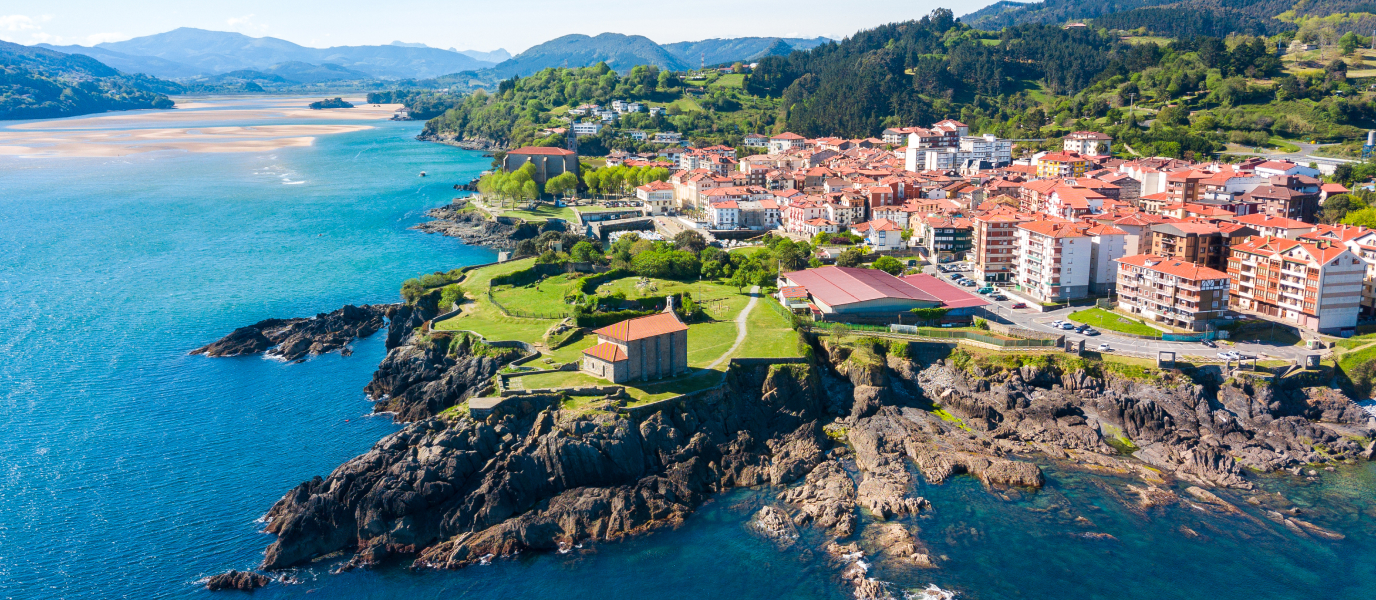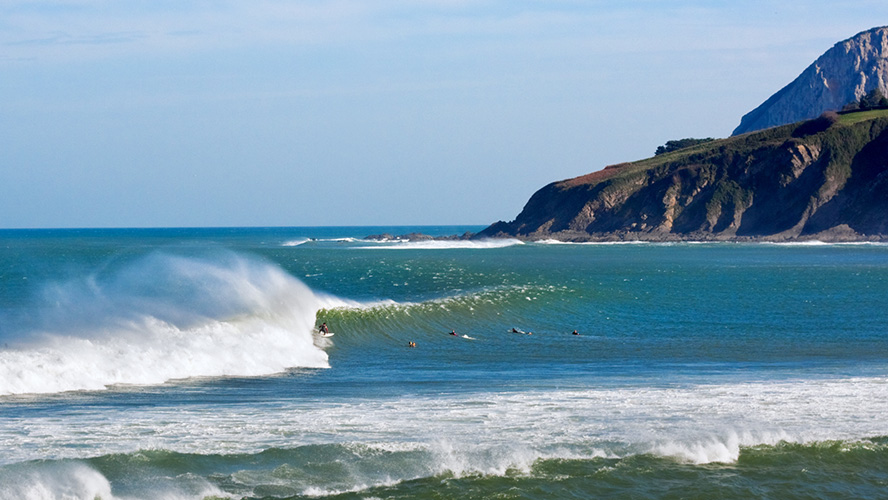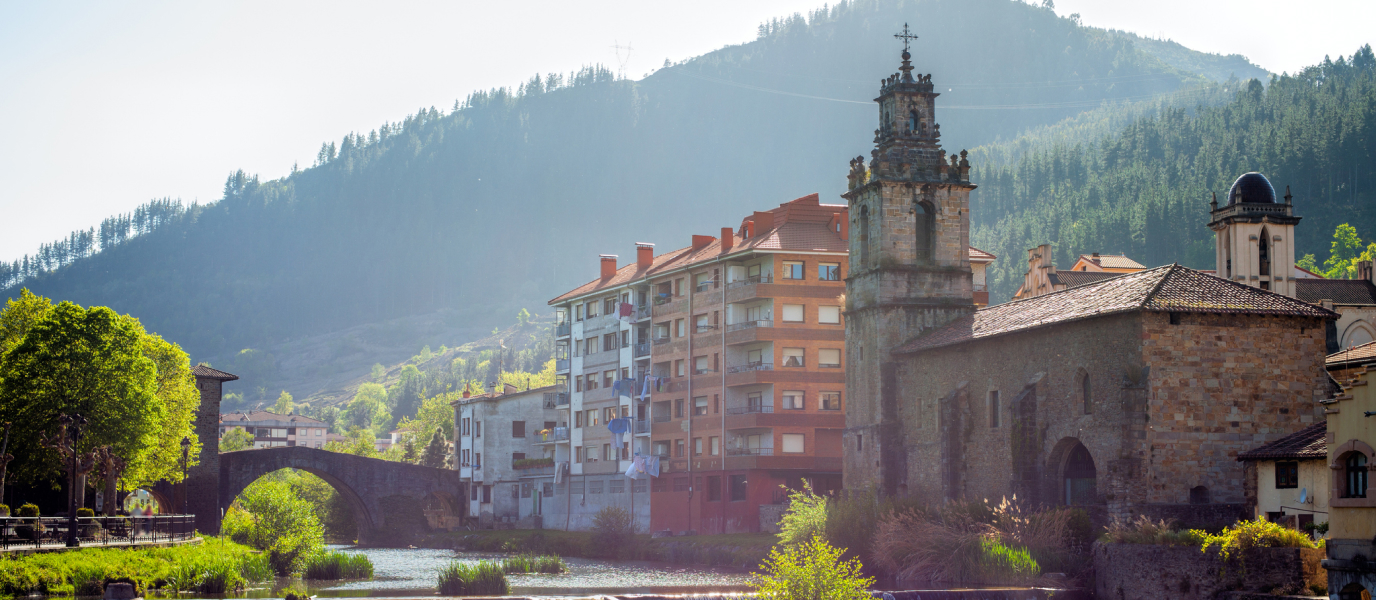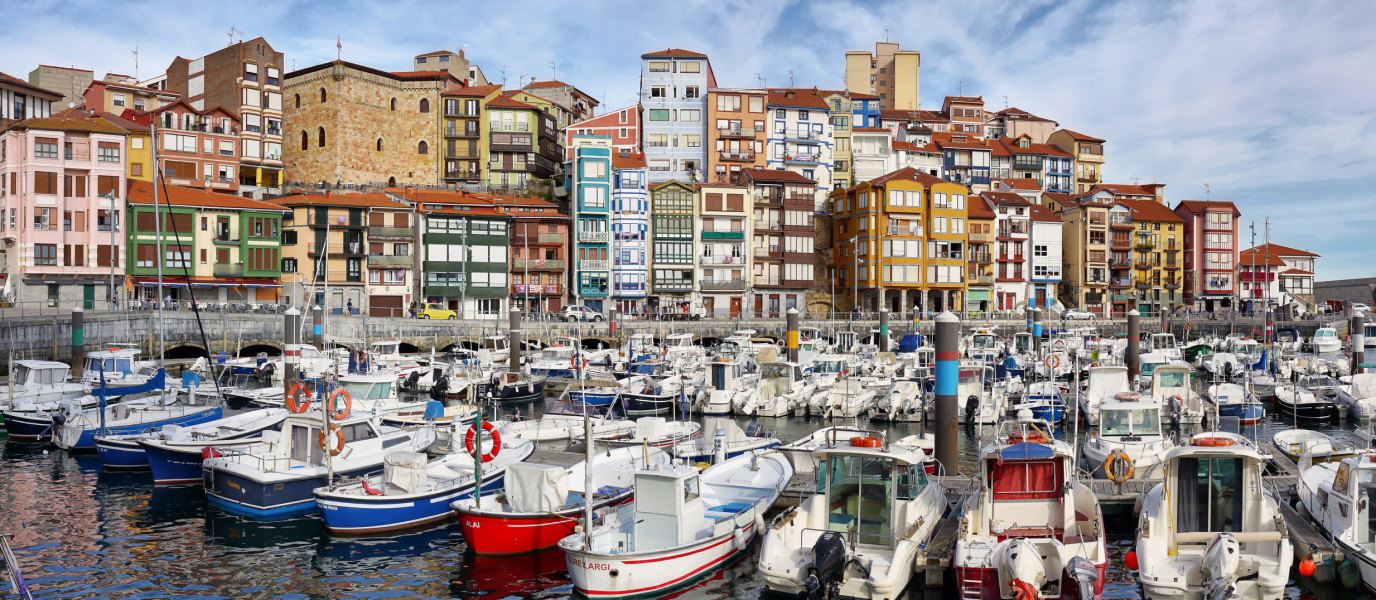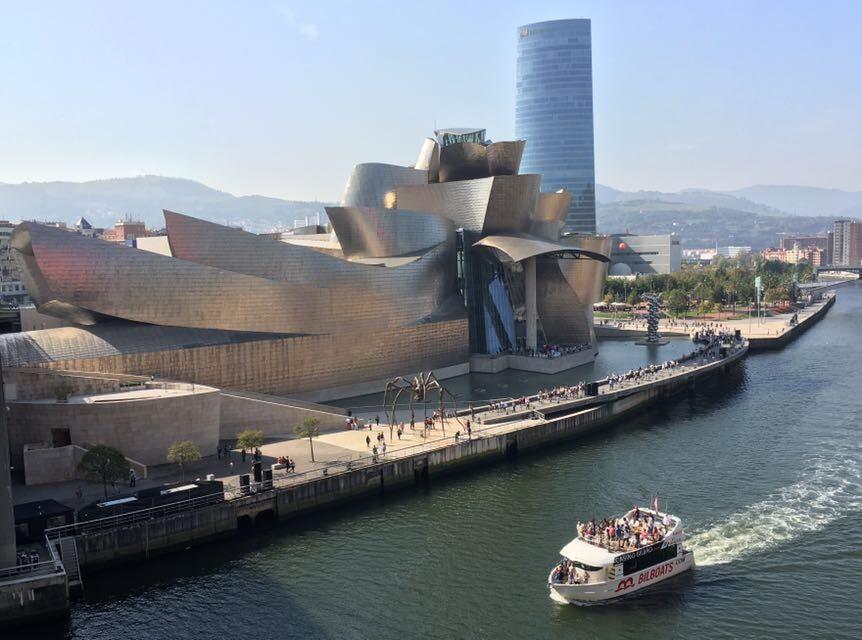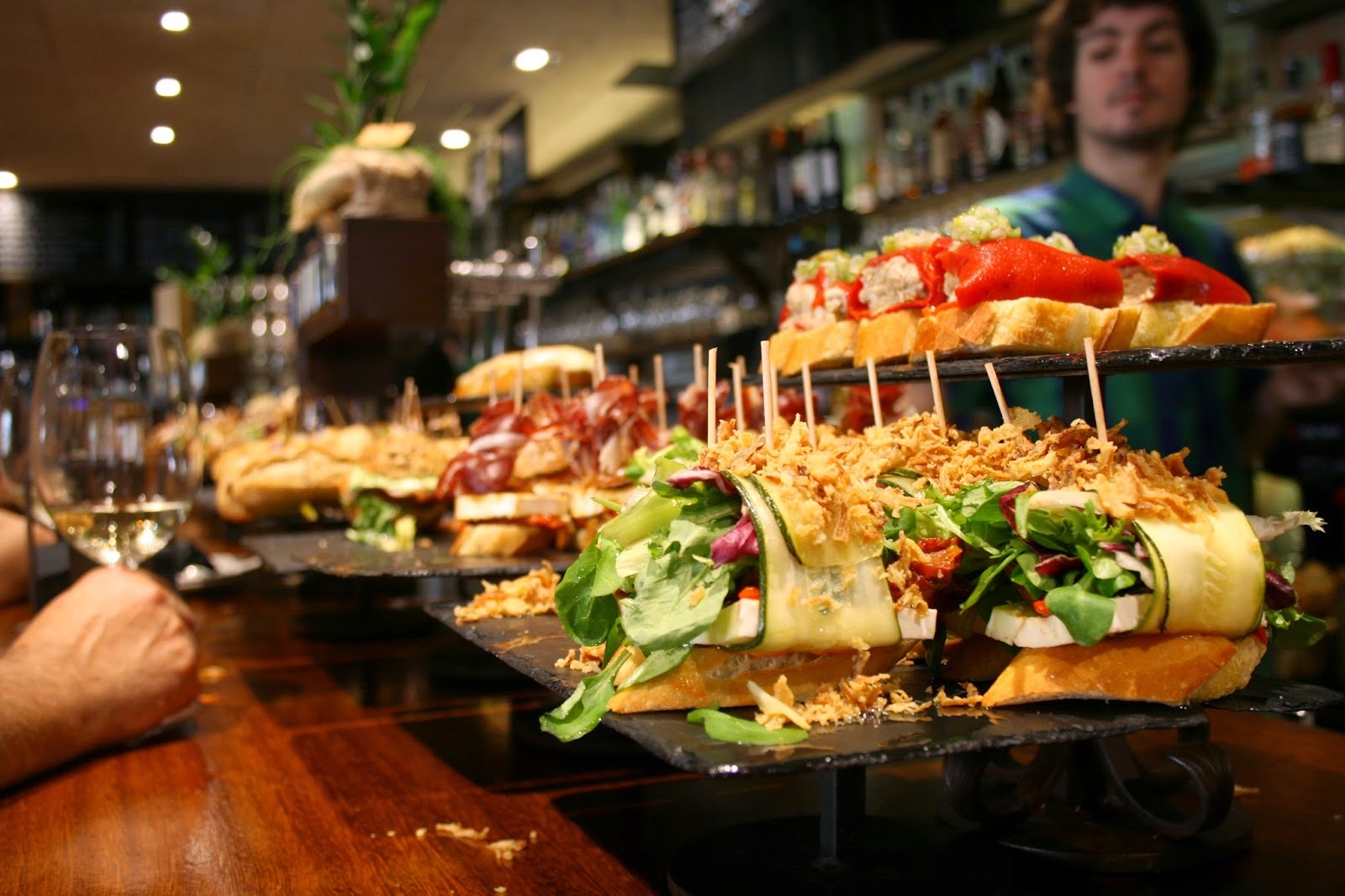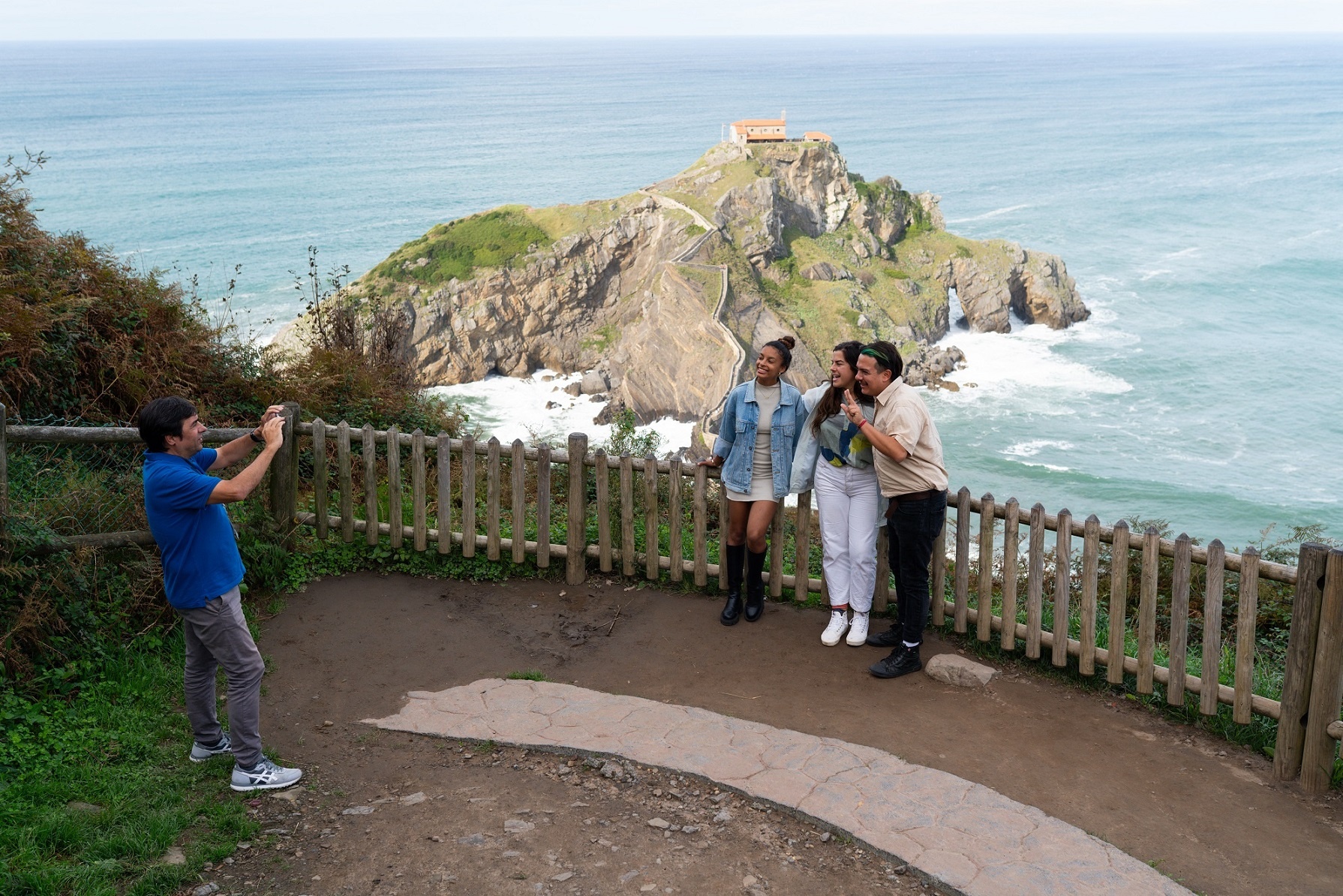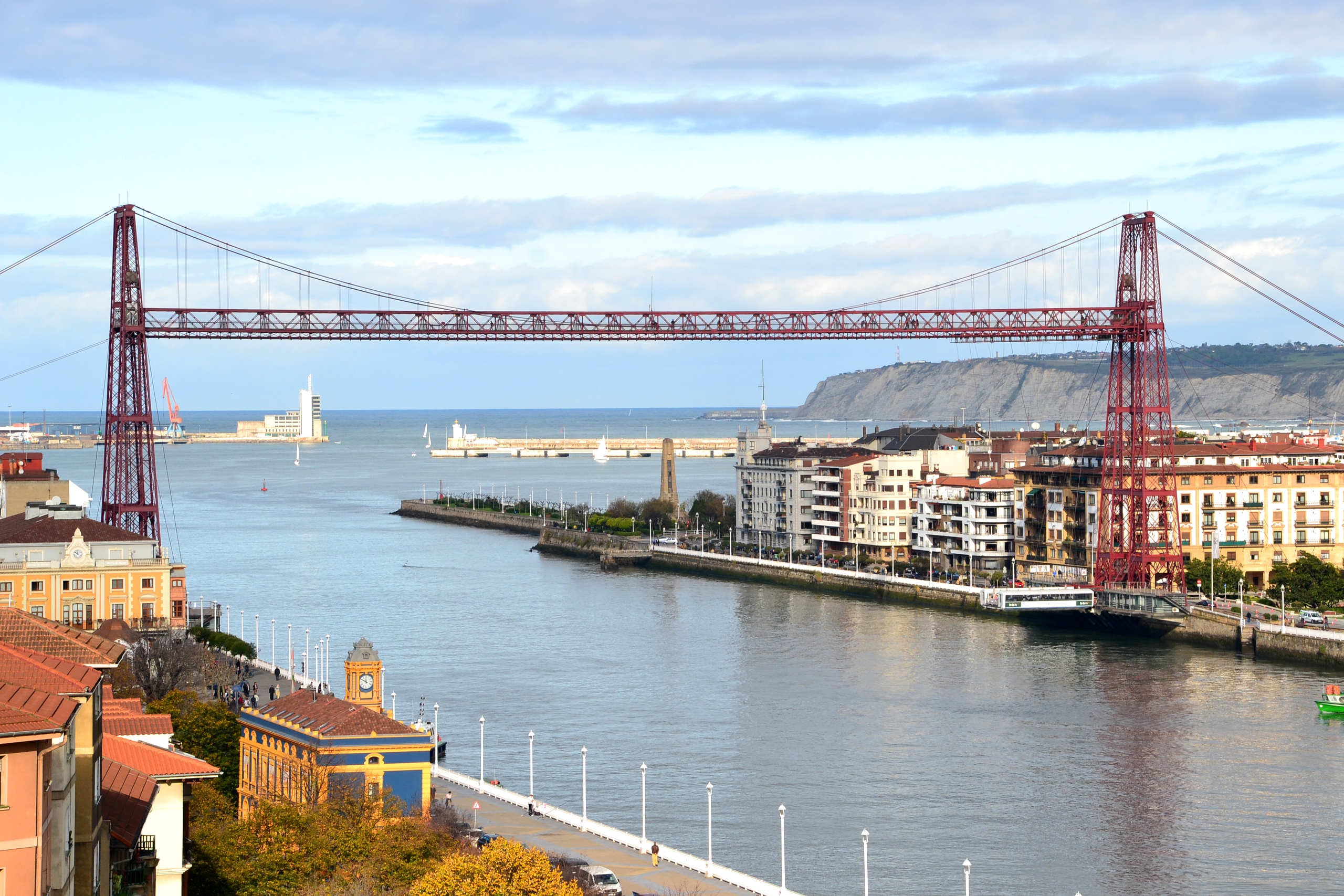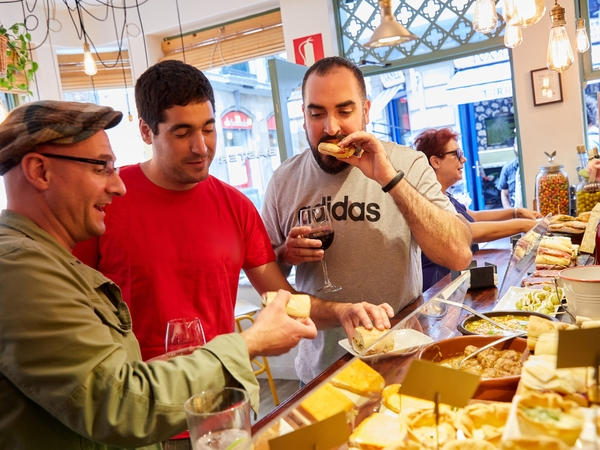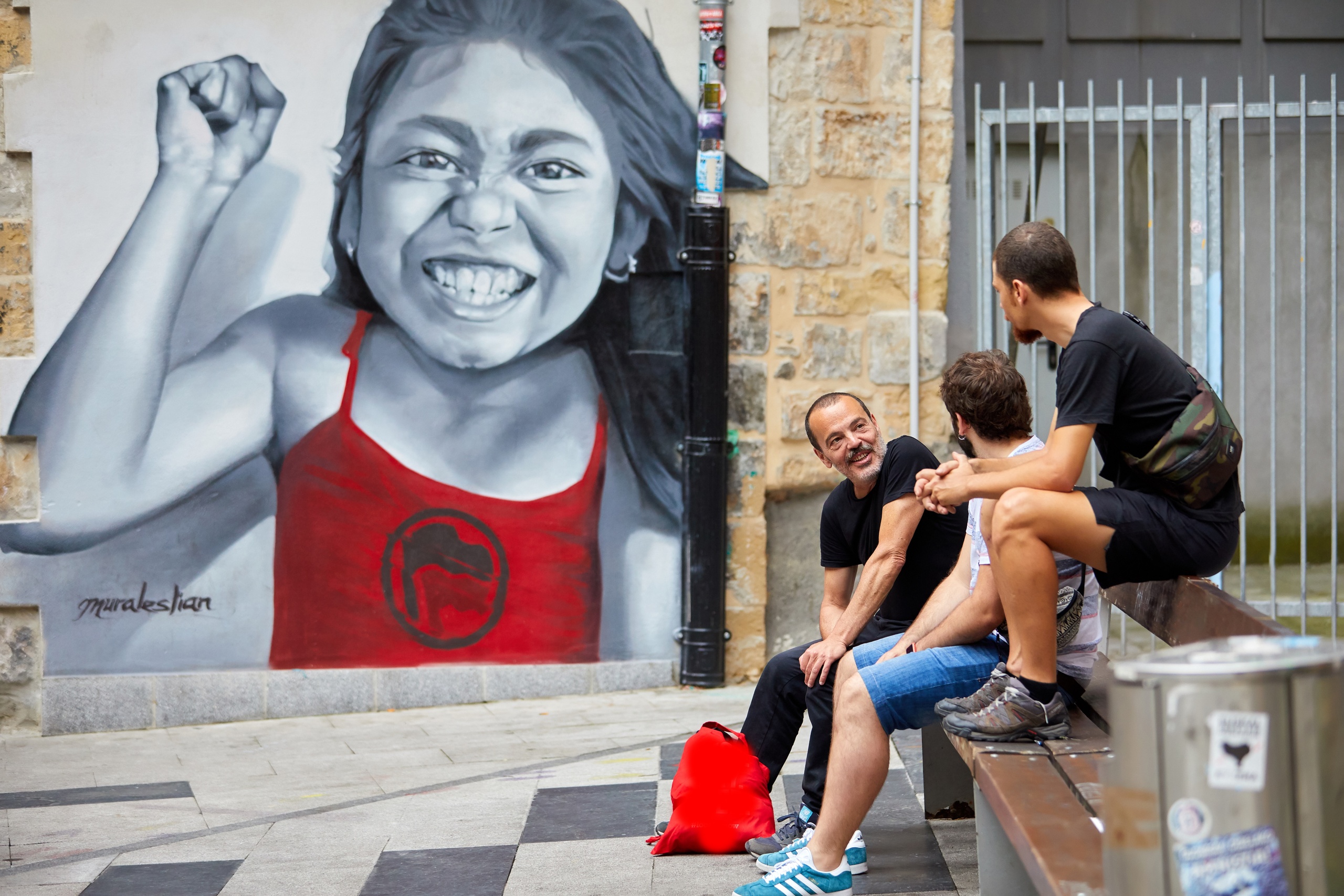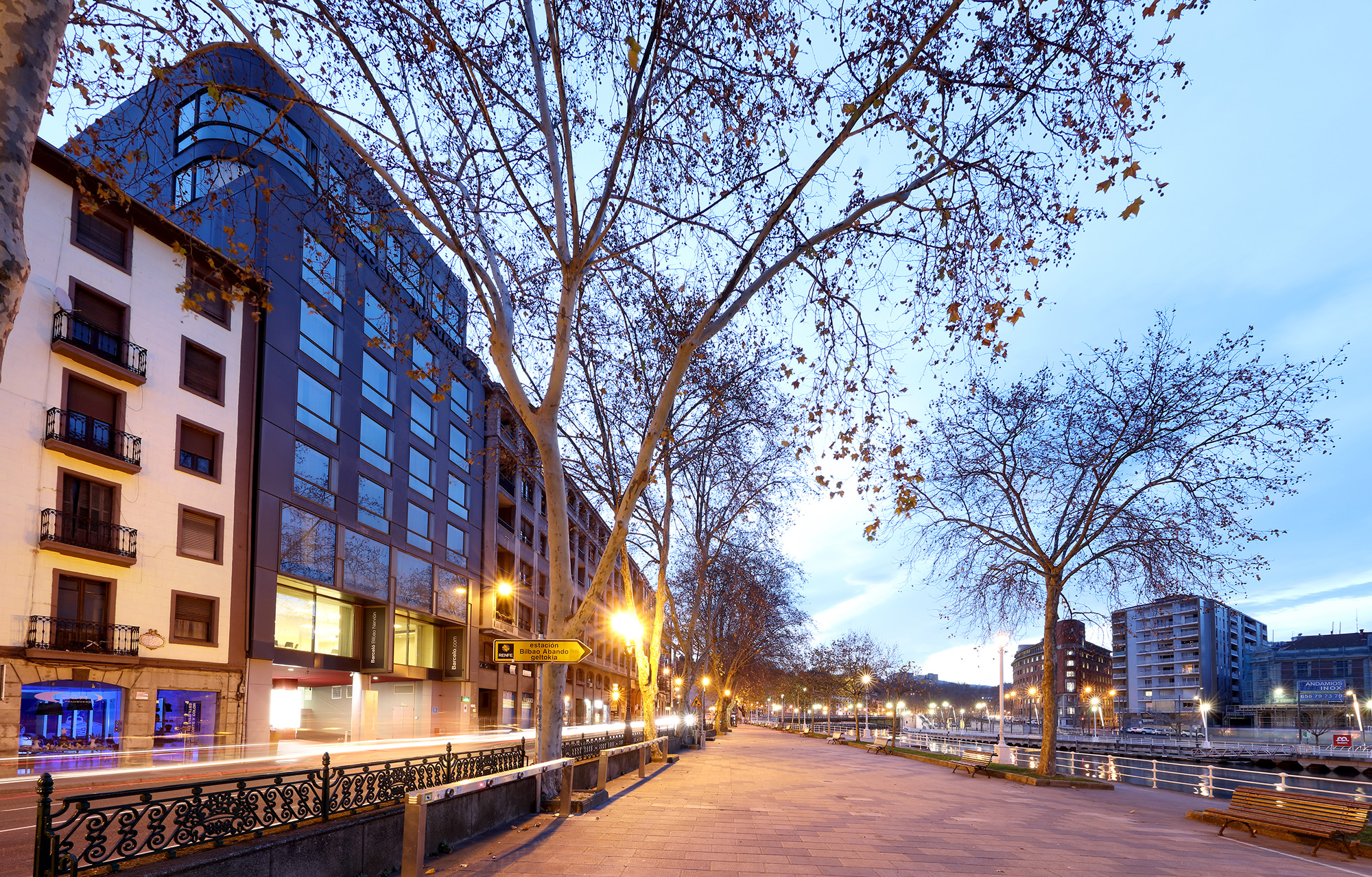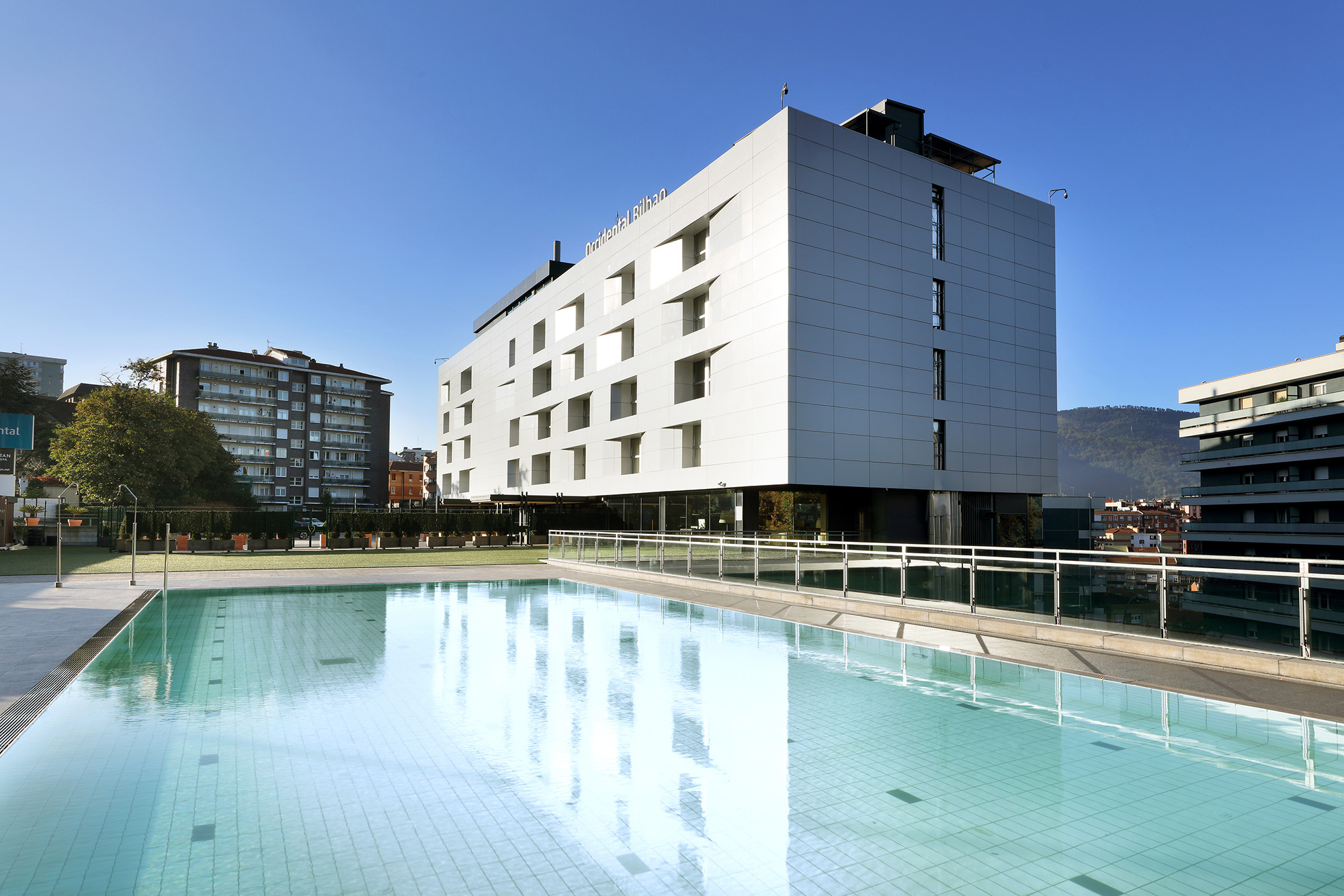Mundaka, in the Bilbao district of Busturialdea, is one of the best known towns along the coast of Biscay. Just like its neighbour Bermeo — barely a four-kilometre drive away — the history and culture of Mundaka are linked to the Basque Country’s fishing and seafaring tradition. Mundaka forms part of the Urdaibai Biosphere Reserve, and lies on the left bank of the estuary that bears its name.
Surfers from all over the world visit Mundaka for its famous lefthand wave, considered one of the finest in Europe. The town holds annual surfing competitions at international level.
The history of Mundaka
Mundaka’s name originates from an elizate (an early form of local government in the Basque Country which was particularly common in Biscay) located in Busturia, one of the local council districts known as the Merindades. Exactly when this church was built is unknown, however, although some texts say it dates from 1051. Its original name was Munaka, and it is thought to be the oldest church in the Seigniory of Biscay.
Since ancient times, this town has been linked with fishing and maritime trade, and was known for its famous sailors many centuries ago.
What to see in Mundaka
The port of Mundaka
What is there to see in Mundaka? One attraction that no visitor should miss is the port of Mundaka, which retains its original charm. The streets that form the historic quarter all radiate from here.
Just a short walk away from the port is the Mirador de la Atalaya, a viewing point from which visitors can admire the beauty of the sea and the coastal views.
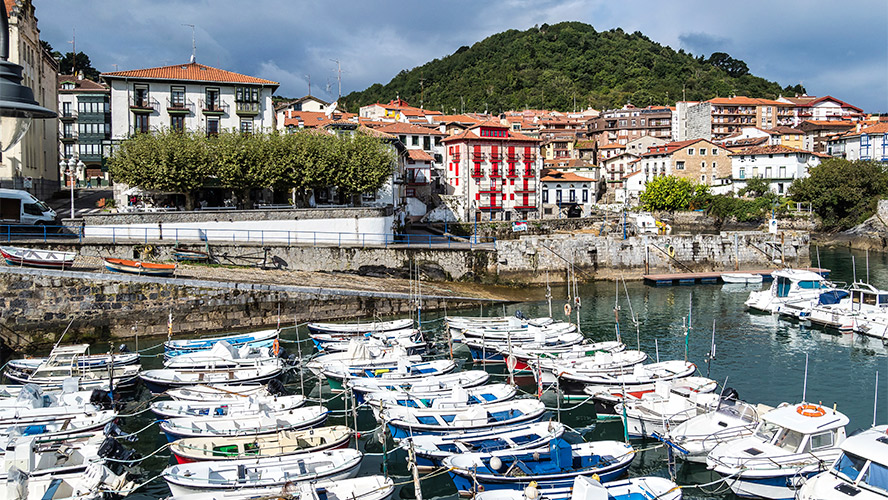
The hermitage of Santa Catalina
Standing on the peninsula that bears its name, the hermitage of Santa Catalina — with medieval origins but rebuilt in the nineteenth century — occupies a strategic position at the entrance to the estuary. The walls that surround it are the remains of a fortress from the same period.
It is some distance from the town centre, and throughout its history has served as a meeting place for the brotherhood of fishermen, or as a place of quarantine in times of epidemic.
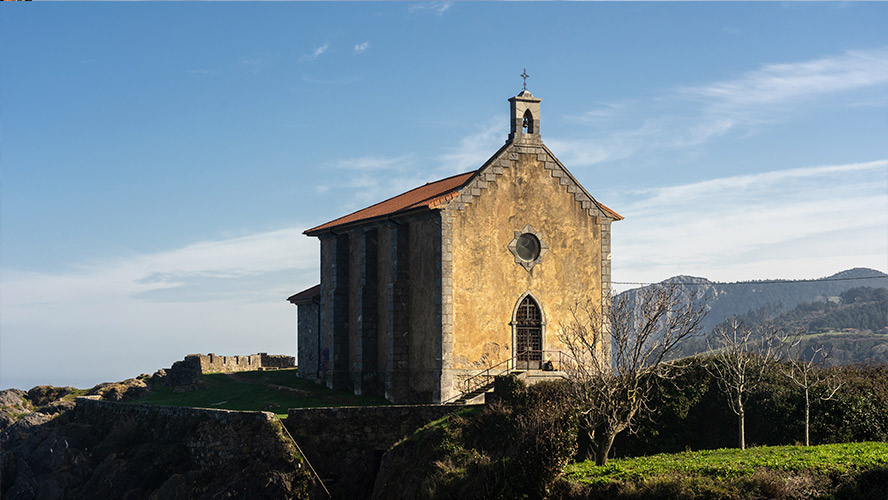
The historic quarter
Mundaka’s historic quarter’s most striking aspects are its colourful buildings, its little squares, its narrow streets and its historic edifices. Highlights of the town’s historical heritage include: The Casino, the Town Hall, and the Ibaialde and Kurutziaga palaces.
Mundaka’s beaches
If you are staying near the port or in the historic quarter, you won’t need to walk far to get to the beach in Mundaka. In fact, you can swim within the port itself, in coves such as Ondartzape, or in the Txorrokopunta area.
However, the only sandy beach is Laidatxu, at the mouth of the Errekatxu rivulet, which is sheltered from the north wind. This beach is recommended for families with children.
What to see in the area around Mundaka
San Juan de Gaztelugatxe
San Juan de Gaztegulatxe is one of the Basque Country’s most visited tourist spots. On an islet surrounded by the waters of the Cantabrian Sea, and connected to the land by a bridge anchored in the rocks, stands a tenth-century hermitage dedicated to St. John the Baptist. Inside, the church is full of frescoes and gifts from sailors who survived shipwrecks.
This idyllic spot has also featured in a film. It appears in the Game of Thrones series as Dragonstone, one of the most recognisable settings from the popular HBO series.
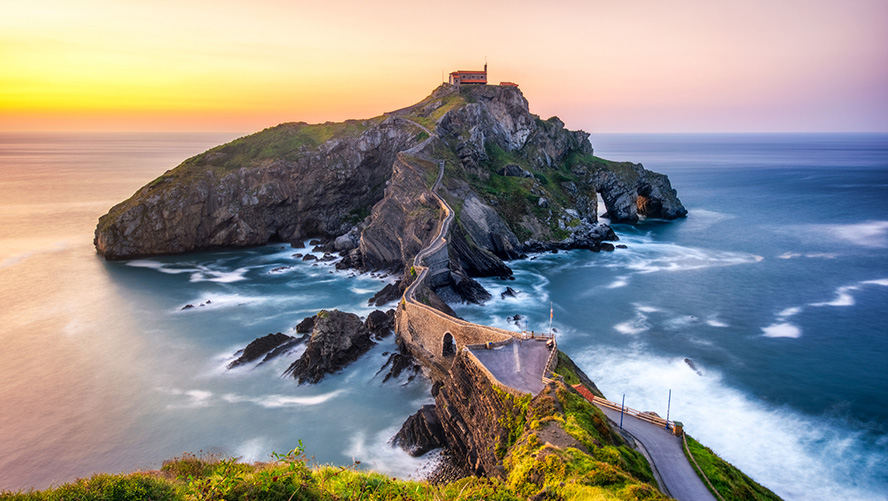
Bermeo
Half-an-hour’s drive from Bilbao lies Bermeo, one of the biggest and most densely populated towns in the Busturialdea region. Located in the foothills of Mount Sollube, close to the Matxitxako cape, the town is one of the Biscayan coast’s major fishing ports, thanks in part to the historic power of the canning industry. Bermeo’s port, surrounded by traditional fishermen’s houses, is one of the focal points of this Basque town. The town centre spreads out from here.
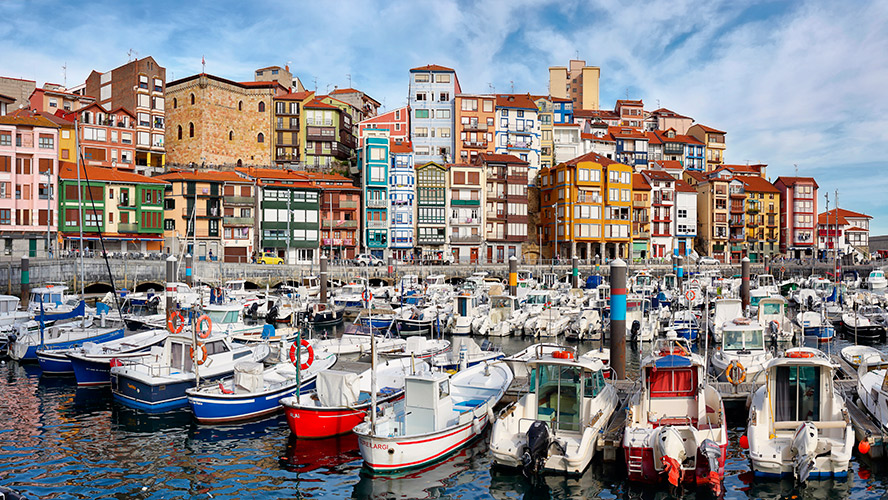
Guernika
About 12 kilometres from Mundaka, and 35 kilometres from Bilbao, lies Gernika, a town made famous by the bombardment it suffered on the 26th of April 1937 by German and Italian forces fighting in support of Franco’s troops. Today, the town’s name is synonymous with peace, thanks to the famous painting by Picasso that bears the name of this Biscayan town.
If there’s time to visit this emblematic town, we can see the iconic tree of Gernika, an oak tree that represents freedom, as well as the Casa de Juntas [Assembly Hall], the Museum of Peace, and the Park of the Peoples of Europe. Gernika is 35 kilometres from Bilbao, and its other attractions include the church of Santa María, the former Astra factory, the Refugio Antiaéreo del Pasealeku [air-raid shelter], the Chillada “Gure Aitaren Etxea” sculpture, and Henry Moore’s monument, “Large Figure in a Shelter”.
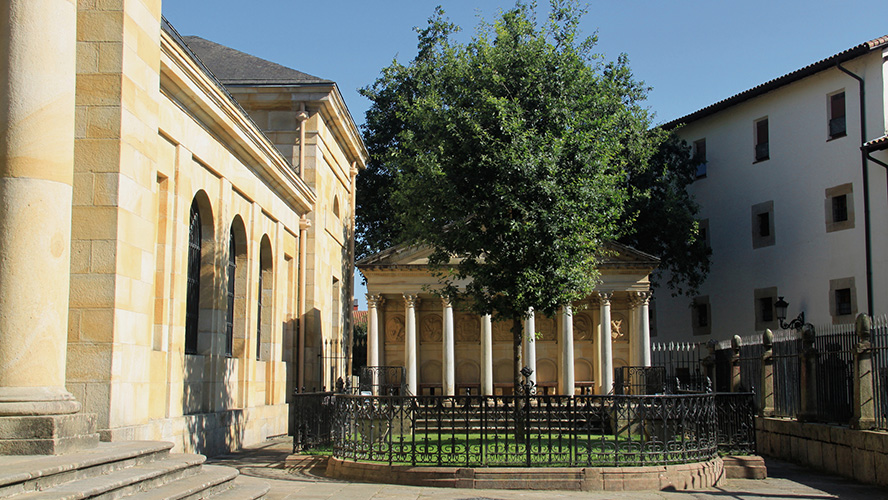
Where to eat in Mundaka
If you like to eat in a place with a history, the Casino restaurant is one possibility. This spacious establishment affords views of the port. The restaurant serves traditional cuisine, including meat and fish, but with a modern touch.
Another option is the Portuondo restaurant. Enjoying a privileged location in the Urdaibai Biosphere Reserve, this former farmstead offers local product-based cuisine, including fish from the Bermeo fish auction, select meats, and accomplished barbecue cooking. The views over the estuary are an added attraction.

































































